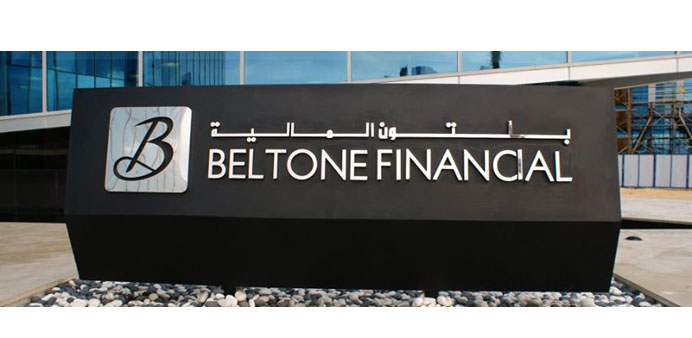By Santhosh V Perumal/Business Reporter
Qatar’s inflation is not expected to rise “significantly” beyond the average of 3.8% this year although there is a build-up of pressures in the housing market, according to Beltone Financial.
“While we continue to see a buildup of pressures in the housing market, owing to strengthening domestic demand, slower increases in global food and commodity prices should keep headline inflation in check in the coming months,” Perihan El-Husseini, researcher with the Beltone Financial, said in a note.
Although inflation risks have recently tilted to the upside, he said “we do not expect the annual inflation to rise significantly beyond an average of 3.8% in 2013.”
The heightened inflation risk is against the backdrop of Qatar’s strong expansionary fiscal outlook and an accommodative monetary policy.
Finding that latest data show that annual inflation has already increased to an average of 3.5% in the first four months of 2013 compared to 1.9% in 2012, Beltone said this has been largely driven by the rents, fuel, and energy component; with price increases reaching 6.2% year-on-year (y-o-y) in April 2013, after a period of persistent deflation lasting over two years.
Meanwhile, the increase in food prices has been relatively moderate at 2.3% y-o-y in April 2013, it added.
In line with the inflationary trends, Beltone found money supply (M2) growth in Qatar advanced further to 37.4% y-o-y, the highest since September 2008, from 36.7% y-o-y in February 2013. M2 gained month-on-month (m-o-m) 2.1% in March 2013 versus 2.9% m-o-m in February 2013.
Foreign currency deposits continue to provide the largest contribution to money supply growth after a sharp 10.2% m-o-m increase in March 2013. Its share of M2 has risen from 19.1% at end-2011 to 28.7% at end-2012 and 32.3% in March 2013.
“A breakdown of foreign currency deposits between demand and time deposits suggests that the latter have been the main source of growth - an indication that the increase is related to investment rather than transaction purposes,” it said.
Time and saving deposits continued to decline by 0.9% m-o-m in March 2013 after falling 1.4% m-o-m in February 2013, in line with lower rates for longer-term funds. Demand deposits also fell 2.9% m-o-m in March 2013, partly offsetting the 9.1% m-o-m increase in the previous month.
Domestic liquidity remained “vibrant” in March 2013 with rising net foreign assets, despite the recent slowdown in domestic credit growth, according to the note.
Observing that the private sector is slowly emerging as a key driver of domestic credit growth, it said bank lending to the sector, which accounts for 56.7% of the domestic loan book, increased 3.6% m-o-m in March 2013, the fastest pace in nearly two years.
“This was mainly driven by personal loans (+11.2% m-o-m) and services (+8.4% m-o-m), a reflection of strengthening private consumption expenditure,” it said.
However, lending to other segments in the private sector was less encouraging; real estate and contractors loans were flattish over the month, while industrial and commerce loans fell 11.4% m-o-m and 1.9% m-o-m, respectively, Beltone said.
Meanwhile, public sector credit growth weakened further, down 1.4% m-o-m in March 2013, on the back of lower lending to semi-government institutions. “It remains to be seen whether public sector loans, led by government institutions, will recover in the coming months as project awards in infrastructure and transportation start to pick up,” it said.
Beltone said net foreign assets at the Qatar Central Bank rose to $37.9bn in March 2013, an increase of $5.1bn year-to-date.
“This is partly a reflection of current account developments, which we believe will continue to record large surpluses of around 27.2% of GDP (gross domestic product) in 2013, despite anticipated fall in hydrocarbon export revenues,” it said.
The growth in total deposits remained weak at only 1% m-o-m in March 2013, on the back of lower public sector deposits, it said, adding public sector deposits contracted by 3.1% m-o-m to QR184.7bn in March 2013, with semi-government institutions accounting for the larger share of the decline.
The government institutions segment, which represents 66.0% of public sector deposits, grew a modest 1.3% m-o-m, over the same period. “We believe this could be a reflection of weaker hydrocarbon export revenues by Qatar Petroleum and other similar entities,” Beltone said.

